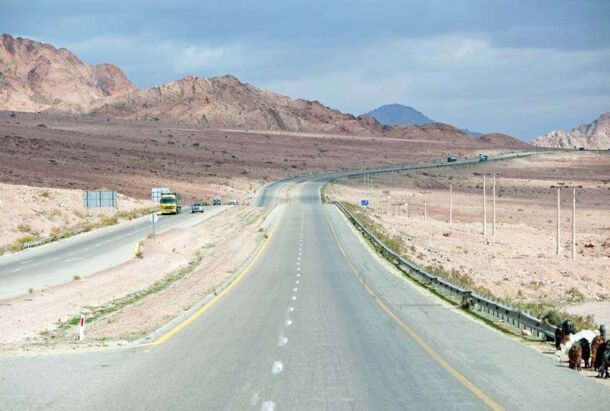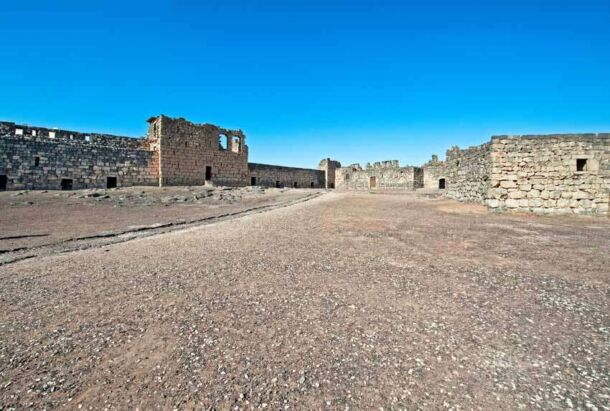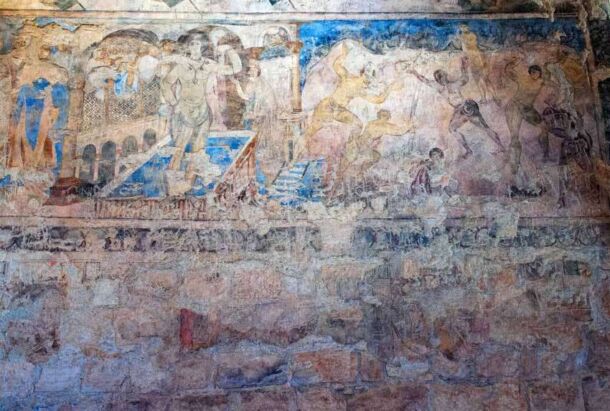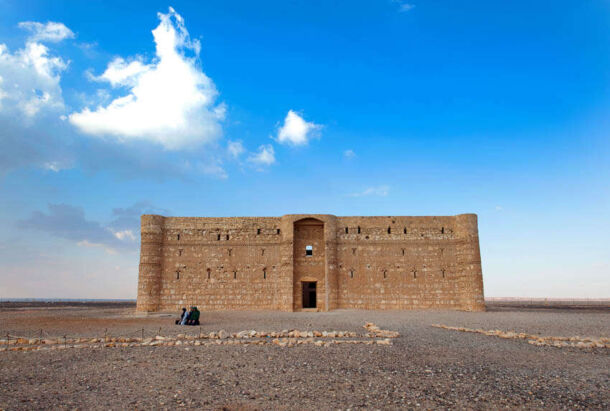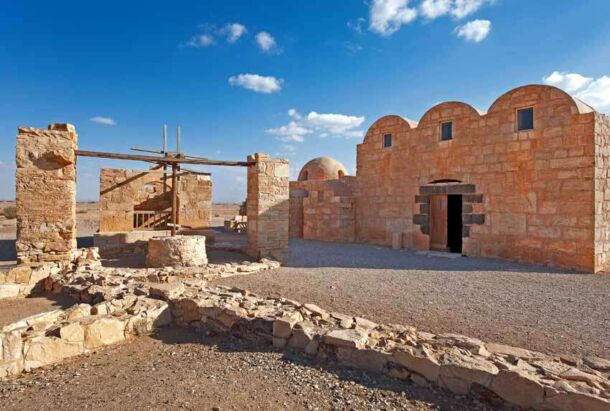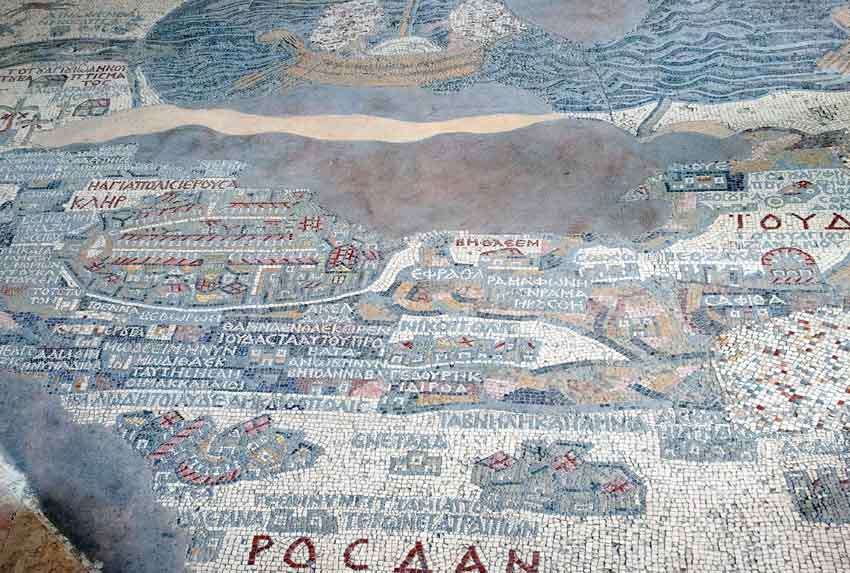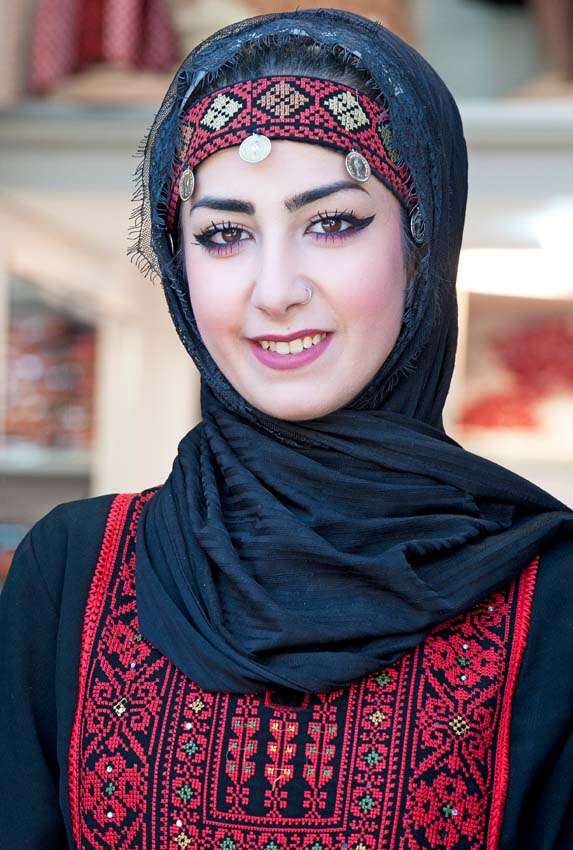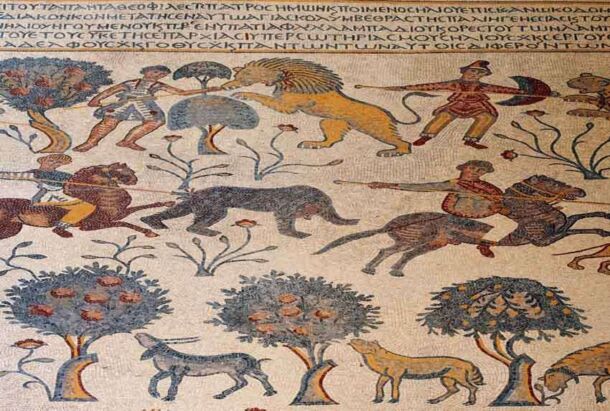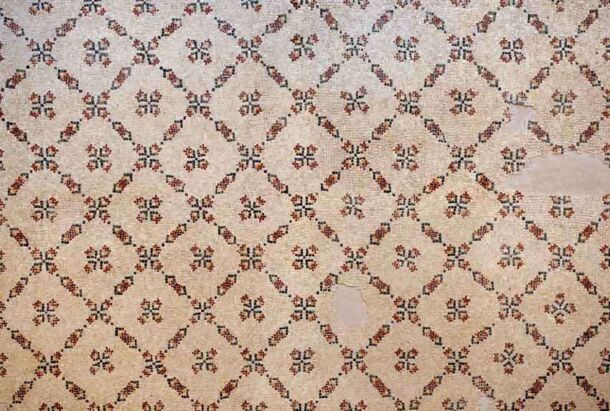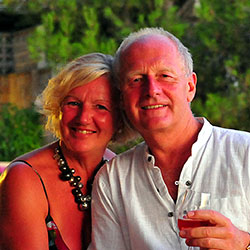You could go to Jordan for the food, the culture, the beaches, the shopping – but you wouldn’t – far better to regard a holiday here as an archaeological tour and you’ll love every minute.
That’s not to say that Jordan doesn’t have any of the list above, it does, but you can find far better examples of each in alternative destinations.
 Jordan had been on our bucket list for some time; long before Indiana Jones galloped down the canyon of Al Siq at Petra, or Matt Damon was marooned as a Martian in Wadi Rum but probably a good time after Lawrence of Arabia spearheaded the Arab Revolt here during WW1.
Jordan had been on our bucket list for some time; long before Indiana Jones galloped down the canyon of Al Siq at Petra, or Matt Damon was marooned as a Martian in Wadi Rum but probably a good time after Lawrence of Arabia spearheaded the Arab Revolt here during WW1.
Arabia has been carved up, divided, shared out, ruled, oppressed and exploited for centuries and whilst Jordan is just one part of the result, it nevertheless holds a fascinating array of distinctive and historic sites that are well worth the visit.
You’ll probably start at one end or the other of the country – north or south and work your way, down or up it, taking in the landmarks as you go.
We started in the south at Aqaba, the small port and resort on the northern coast of the Gulf of Aqaba. There’s not a tremendous amount to see here but you’ve got to start somewhere and there are some really nice restaurants around the marina to the south where you can look across the deep blue waters to Eilat in Israel and the Sinai Desert.

Aqaba looking towards Eilat, Israel and the Sinai Desert
You start to get a feel for the vastness and desolation of Jordan once you get beyond the city limits and head towards Petra, over the Jordanian Highlands. We also got a feel for the sub-zero temperatures of the highlands, with snow on the ground and ice sculptures smothered over every available rock surface, testament to the biting ice-laden winds that can whip across the peaks in February. Temperatures at sea level hover around the 12-14 degrees but up here in the highlands you certainly want to be suitably dressed.
Petra is our first major stop and to avoid crowds of tourists that tend to mess up my photos by taking up too much space or involve me in hours of Photoshop work, we entered the site at just after 6am. There is no substitute in my mind for having any place to myself for photography and Petra is certainly one of them.
 The odd random Bedouin in robes or cloak, the odd donkey, camel, horse and their riders all add to the mystery and atmosphere of this remarkable place – a certain magic and context that, for me, can’t be emulated by colourful anoraks in abundance.
The odd random Bedouin in robes or cloak, the odd donkey, camel, horse and their riders all add to the mystery and atmosphere of this remarkable place – a certain magic and context that, for me, can’t be emulated by colourful anoraks in abundance.
Most people, I would imagine, are familiar with the Pink City, or more particularly with Al-Khazneh, The Treasury; the stunning temple carved in one piece from the top down in the rock face that is now the iconic feature of this complex.
The 2000 yr old Nabatean civilisation that built this complex and who turned it into one of the principal trading hubs of the Middle Eastern Spice Route, (before sea travel diverted the stream of trade), were no slouches when it came to building their city. Petra covers approx. 65 sq Kms, so there’s a lot more to see than just the Treasury – and all of it just as worthwhile.

A walk through Al Siq, the canyon of one and half kilometres, seems to pass quickly as each twist of the canyon’s rock face opens up new vistas and stunning sculpted rock faces that still show the chiselled gullies for water transportation and irrigation along their lower sides.
You’ll need the best part of a day and some sturdy shoes to do it justice if you’re going to explore the Street of Fascades, Colonnaded Street, the tombs, Basilica, church and numerous temples.

It’s certainly a photographer’s dream, with the colourful Bedouin and their animals creating superb cameos amidst the ruins, trails and colonnades.
All too soon we’re on our way again, this time to Wadi Rum, the vast sandstone and desert wilderness that seems to swallow the sky with its shimmering bleakness and isolation.

If you can get away from snakes of 4×4 vehicles ‘exploring’ the dunes and mesas of just one small part of the area, you’ll get a sense of the loss of hope that many must have felt when traversing this landscape. Still today are remnants of Lawrence of Arabia’s (T.E.Lawrence) exploits here, with abandoned and ruined train rolling stock and rails that disappear into infinity, as well as the occasional ‘sculpture’ of his likeness (not on a good day) on sandstone boulders that look as though modern day artisans-in-training have been practicing.
It’s not until you reach the highlands above Wadi Rum that you start to get a sense of scale and desolation that can’t quite be assimilated whilst modern vehicles buzz hither and thither.
Amman, the capital is worth a visit, at least in the city you can get a more reliable variety of sustenance than elsewhere. Also, spend time at The Citadel, perched on top of one of the seven ancient hills that Amman was established upon. You’ll find evidence of every civilisation that has occupied this vantage point since Neolithic times but it also affords sweeping views of downtown Amman, before you head down to the Souk for some retail therapy.
Travel further north and discover the Greco-Roman city of Jerash. We’d heard of it before without knowing anything about it, so it came as a huge surprise to find an ancient city in such fantastic repair. It’s all of the Roman Forum and Pompeii rolled into one but whereas Pompeii was covered in ash and lava, Jerash was covered by sand; so excavating it has been easier and has revealed less damage to the infrastructure.
The standard of preservation, extent of the city and true sense of ‘civilisation’ is truly remarkable.
While you’re in the vicinity, Ajloun Castle, the well-preserved Bedouin hilltop fortress is worth a visit for its strategic position above the Jordan Valley that affords sweeping views of the surrounding area.
You can easily spend a day touring the Desert castles of Jordan that lie to the east of Amman en route to Saudi Arabia. Believed to have been built as staging posts and strategic locations on the trading routes, these imposing and sometimes majestic edifices provide an insight into construction methods and lifestyles with their stucco walls, mosaics, artworks and carvings.
Madaba was an interesting diversion, with its Greek Orhtodox Church containing a mosaic map of the Holy Lands; of significance to the religiously inclined and an interesting little town to wander around for fresh delicacies and local crafts.

No visit to Jordan would be complete without an almost obligiatory ‘float’ on the Dead Sea, which apart from the novelty of smothering yourself in ‘rejuventaing’ black mud and hamming it up for the benefit of everyone, does offer some fascnating landscaqpes, from the pinnacle of Lot’s wife to the salt laden water’s edge and the potash and mineral-rich mountains that nudge its shores.
Our last visit of architectural importance is to Mount Nebo and although we make no claim to be devout Christians, if at all, there’s something atmospheric about being where Moses died and was buried after he had been shown the Promised Land from its heights.
The church that tops the peak is replete with stunning floor mosaics that have been perfectly preserved by virtue of them being cunningly covered with more mundane imagery when it became unlawful and inadvisable to display such ostentation.

The views into the vastness of the Promised Land beyond Mount Nebo is quite breath-taking and simply indicates that in Jordan during our week, which we feel was sufficient for this country, we’ve barely scraped the surface of Arabia and all it holds historically.
But where next?


